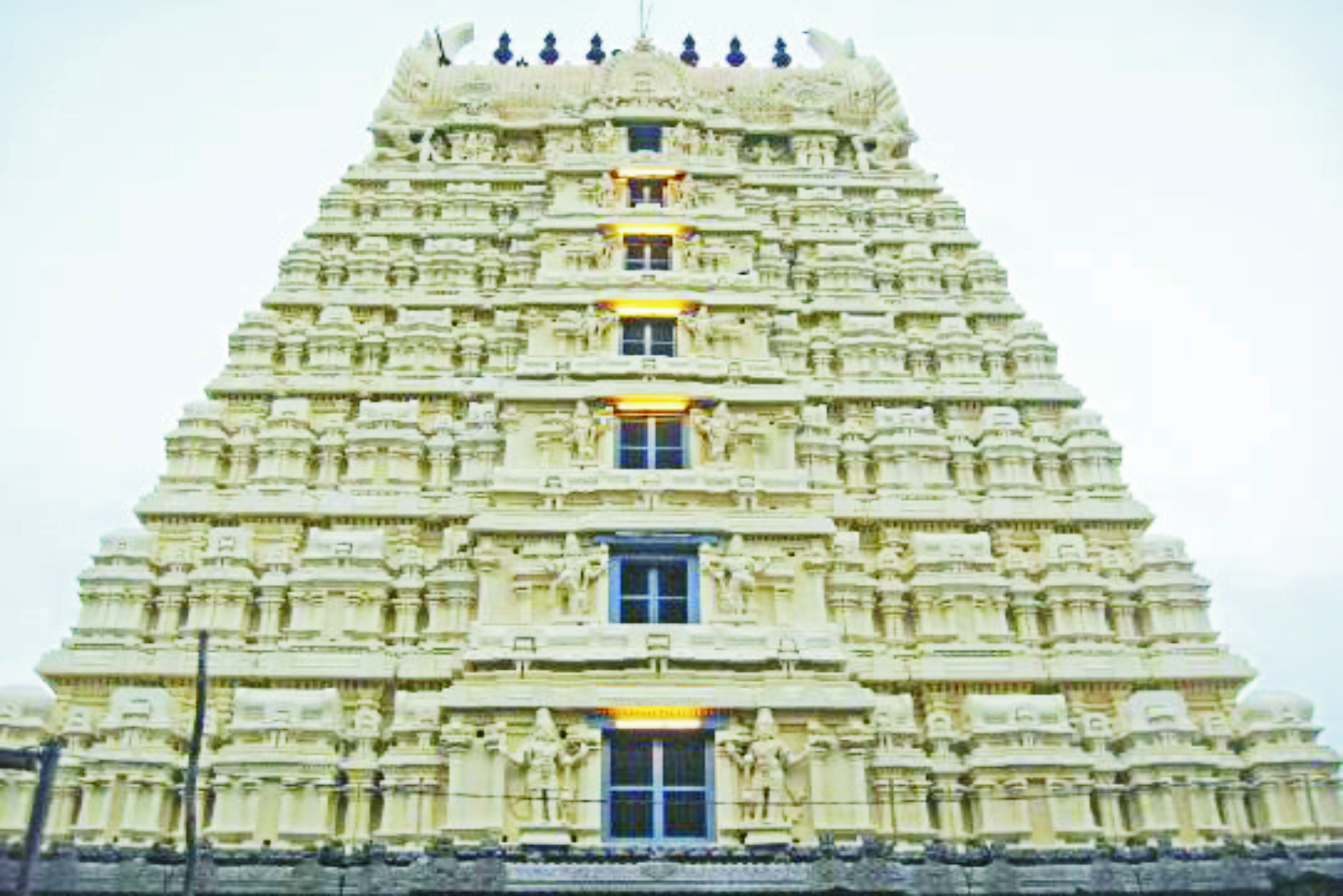JALAGANTESHWAR TEMPEL
 Author: Front View of Jalaganteshwar
Author: Front View of Jalaganteshwar
Article Date: 13.12.2012
Presence of three places of worship belonging to different faiths - Hinduism, Islam and Christianity - within the precincts of Vellore Fort clearly shows the religious harmony of the people living in the region.
On the southeast side of the Vellore Fort is the Jame Maszid, which is believed to have been built during the period of the Arcot Nawabs.
At the centre of the fort is the St. John's Church, which was started as an unconventional itinertant church, and was given shape as a chapel in 1792. Latter it was Major C.G. Octley, the then Adjutant at Vellore Fort, designed and built the present church in 1846.
Towards the northeast direction of the fort is the Jalaganteshwar temple dedicated to Lord Shiva. The temple construction began during the period of Vijaynagar King, Sambuvaraya in 132was completed by 1333AD. There after new structures were added in different stages. The sprawling outer prakara, Kalyana mandapa, the Vasantha mandapa and the temple tower were contributions from the Chieftain. The whole structure reflects strong influence of Vijaynagar style of architecture.
The temple is so designed that it is below the level of the moat and the Lord is thus named Jalaganteshwar meaning, "Shiva residing in the water". The temple is noted for its sculptures and the exquisite craftsmanship of the highly skilled artisans of that era. The temple manifests a double gopuram. The porch on the left side of the entrance is a picture of elegance and grandeur. The pillared hall is adorned with remarkable sculptures.
Kalyan mandapa also reflects the finer aspects of the rich Vijaynagar architecture in its embellishments. The outer Ambulatory passage of Kalayan mandapa is bordered with pillared halls.
In addition to the main deity, there are shrines for Goddess Akhilandeswari, Ganesha, Karthik and Natraja.
At the outer prakara there is a well which has stone doors that open below water level. This is the Neerazhi mandapa, which is said to lead through a subterranean passage to the Palar river.